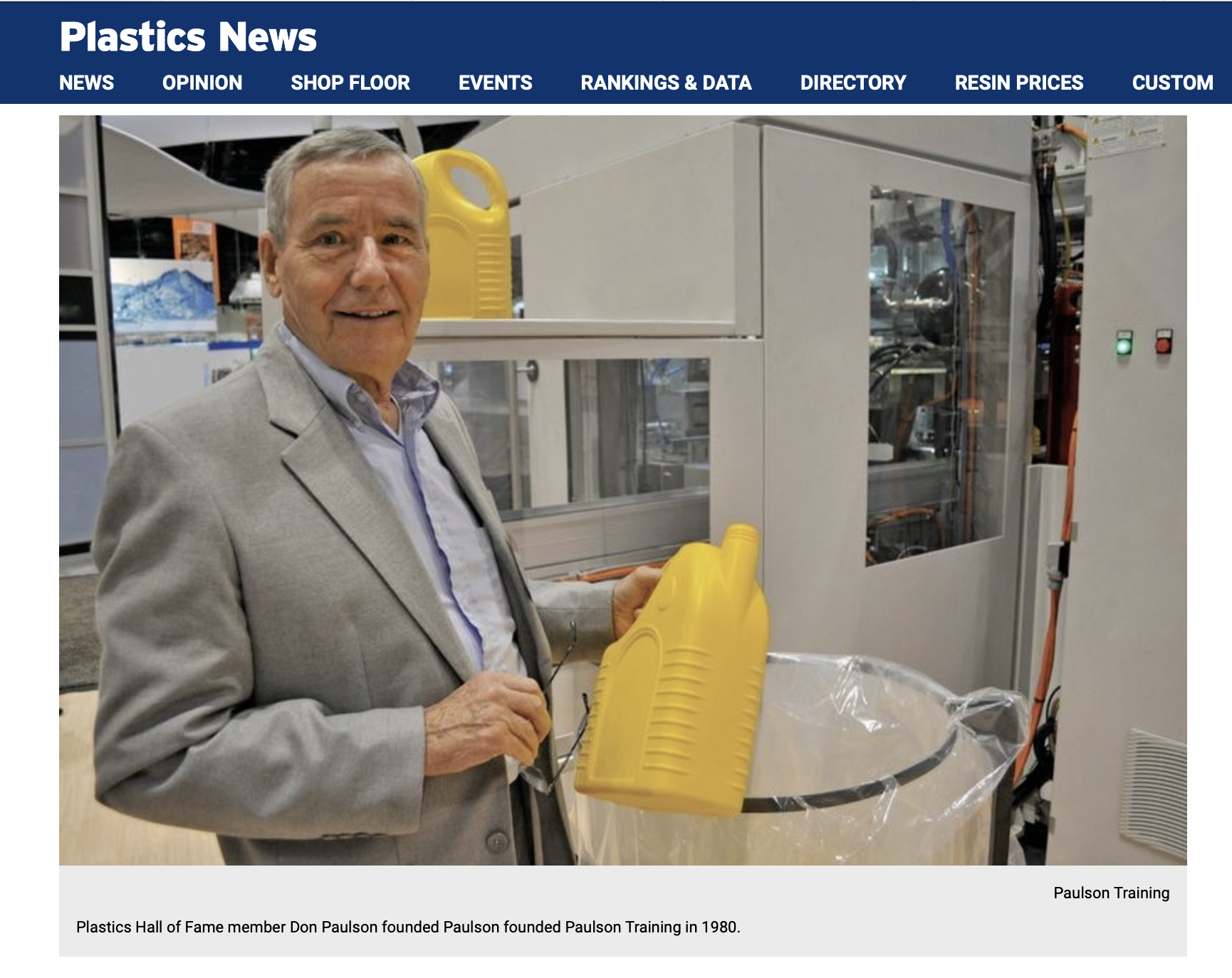 For plastics processors like injection molders, extrusion companies, blow molders, etc., profit margins can be thin. In the injection molding industry for example, margins of 6-7% are pretty typical. Of course some plastics manufacturers have profits higher than average, some lower. That’s true in every industry.
For plastics processors like injection molders, extrusion companies, blow molders, etc., profit margins can be thin. In the injection molding industry for example, margins of 6-7% are pretty typical. Of course some plastics manufacturers have profits higher than average, some lower. That’s true in every industry.
But why is this the case? Let’s take look at an injection molding plant as a general example.
Here’s an injection molding manufacturing operation that has 10 injection molding machines and generates $8,000,000 in revenue. Their profit margin is 4%. So their annual profit is $320,000 with total operating costs of $7,680,000.
What are some of the major cost drivers in that $7,680,000 of total costs?
Here is a partial list…
- Machine utilization rate
- Scrap (internal – produced in plant)
- Scrap (external – returned by customer)
- Employee to Machine ratio
- Sales dollars per press
- Sales dollars per employee
- Plastic Material waste
- Mold change time
- Average MHR (Machine Hour Rate)
- Average operator wage
- Training hours per employee per year
By the way, the actual figure for the last item on the above list, “Training hours per employee per year” is 6 hours per year! A better trained workforce is probably the fastest way to eliminate the biggest losses in the cost drivers above. Employees ARE your most valuable asset.
Looking at this injection molding company’s numbers from a different angle…
What if they invested 50 hours per year per employee in training (just 1 hour/week) and were able to cut their costs by 2% ($153,600)? This 2% cost savings (which is very realistic) is equivalent to a revenue increase of $3,840,000!
In other words, at a 4% profit margin, this molder would need to sell $3,840,000 of additional output to make an extra $153,600 in profit.
Reduced costs and increased efficiency always win over higher revenue when looking at squeezing every dollar of profit out of a plastics manufacturing operation.



